As a marketer, it’s quite common to know all the benefits of Inbound Marketing. After all, it’s not a secret!
Today we are going to focus on its big brother, the Outbound Marketing, and why you should be using it from now on for your business. And when I say now… I mean NOW.
I say big brother because, although the term is not as well known as Inbound Marketing, it’s a method that has been practiced and perfected almost as long as commerce has existed.
Basically, it’s a variation of the origins of advertising.
Outbound and Inbound Marketing, while having quite considerable differences, are totally complementary concepts.
Today you will learn how to create a joint strategy between these “antagonistic” methodologies.
*SPOILER* it gives incredible results. Trust me! I promise you won’t regret it.
Are you ready to transform the way you do marketing on the Internet?
But first things first… What do we mean when we say Outbound Marketing?
It’s known as the methodology whose objective is to attract new customers in a straightforward and proactive way. And best of all: using the minimum amount of possible resources. In other words, it’s what we would call: an efficient way.
While Direct Marketing is considered an important part of the early origins of advertising, we can say that Outbound Marketing has been seen as a close relative of it.
By definition: It’s the traditional marketing process in which a brand is active in its prospecting process in search of customers.
One of the most important characteristics of Outbound Marketing is that the first contact always goes from the marketer to the customer.
In this case, we are the ones who actually take action and try to ” trigger ” the potential customer.
Another important key to Outbound Marketing is commercial empathy, also known as focusing your efforts on knowing the needs of your market and offering them a solution in a close and personal way.
Remember the important thing here is to put yourself in the customer’s shoes.
Does it sound like a straightforward and unidirectional method?
It is and at the same time it is not. The fact that it’s in this case your brand that takes the first step in initiating communication doesn’t mean that it’s a one-way channel, nor does it mean it’s an intrusive one.
So now you may ask me: why doesn’t anyone talk about Outbound?
Simple… Precisely because it’s a practice that isn’t usually carried out in the right way.
There is a strong likelihood Outbound Marketing is confused with SPAM and other intrusive messages that we receive every day in our inbox.
There is also the wrong belief that sending cold emails is illegal, which is not the case at all.
In short, the “bad reputation” of Outbound Marketing comes from something that is not Outbound Marketing.
Nobody likes intrusive messages, nor SPAM, neither stop seeing a content because of an ad. But let me tell you once more that this has nothing to do with what we are talking about in this post.
Examples of Outbound Marketing
Traditional Outbound Marketing can be considered as any marketing action in which the first impact process is always carried out actively by the offering part. So we can say that these are part of Outbound Marketing:
- Pop-ups
- TV advertising
- Newspaper advertising
- Internet ads
- Video advertising
This way of looking at Outbound Marketing looks a bit old-fashioned , doesn’t it? Well, like any “outdated” fashion, a few touches can bring it back to the forefront, and this happens with Outbound Marketing 2.0, which I’m going to go over now.
Outbound Marketing 2.0
15 years ago Outbound Marketing was not what we know now. It was a methodology in complete decadence, some of the reasons for this were:
1. The emergence of new tools and techniques for Sales and Marketing on the Internet, specially Inbound Marketing (SEO, Content Marketing…).
2. The poor practice of Outbound Marketing until that time, which was based on intrusive impact and prospecting looking for results in the form of fast sales and without worrying about the user experience and brand value.
This gave Outbound Marketing the negative reputation that still lasts.
Like marketing in general, it’s a methodology that has been changing, transforming and developing during all these years, and that specially has been undergoing a dizzying pace of transformation during the last few years.
This transformation is due in large part to one person, does Aaron Ross ring a bell?
He’s the father of Outbound Marketing 2.0, an engineer, former Salesforce executive and writer of several best-sellers, including “Predictable Revenues“, a must-read for B2B sales.
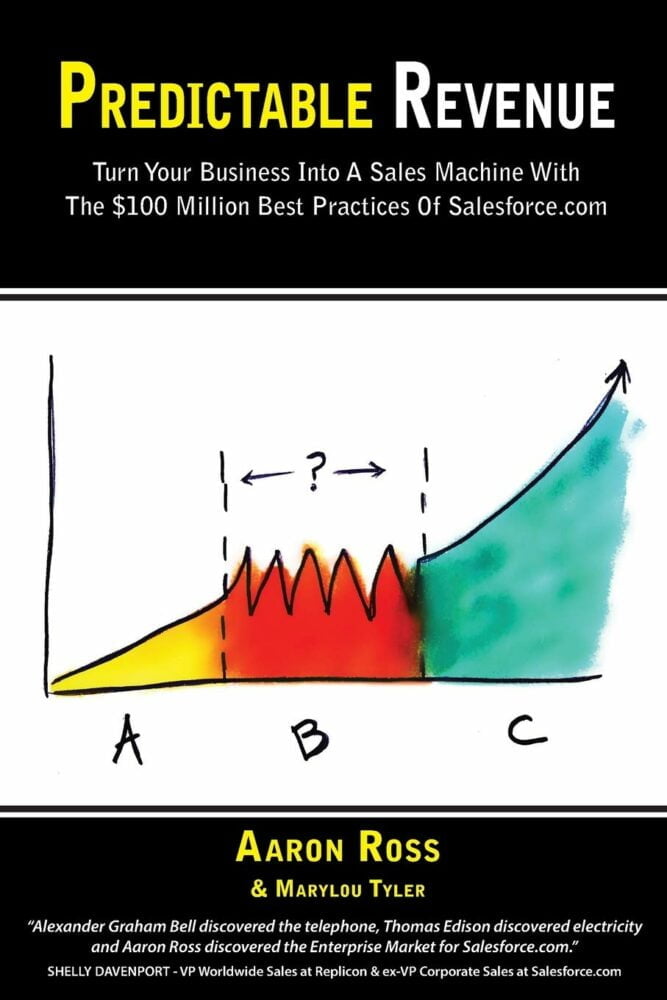
It all came when he took the position of sales director within Salesforce, the world’s largest sales SaaS-related company.
He transformed this same company using what he calls Outbound Marketing 2.0.
Outbound Marketing 2.0 is based on the specialization of the sales team, separating the workforce into 3 very clearly differentiated roles, which are in charge of a specific task:
- Hunters: They are in charge of customer prospecting. Whose task is to make the first direct contact with the leads and qualify them. Prospecting and lead qualification.
- Closers: Their mission is to close qualified leads and convert them into a sale. Closing sales
- Business Intelligence: It’s a very technical profile, in charge of providing the Hunter with the contact of the prospects.
One of the most important transformations that Outbound Marketing has been adopting in recent years is that now our main objective is to create a one-to-one relationship with the other side and from that point get a customer, partner or successful business.
Apart from the sale as such, Outbound Marketing 2.0 has other benefits that you can put in favor to achieve your goals.
Obtain first-hand feedback:
Through this methodology you will be in constant contact with your customers and leads. Asking for feedback is not a bad thing at all, you have the advantage of always knowing first-hand feedback about your product, your service or your sales technique.
Build a community:
Get in touch and put them in touch. I will always support that a community is the best way to build loyalty and for your own customers to make new customers.
🔥 Tip: Focusing on a specific topic is much easier when creating a small community and scaling it. Make sure your product is TOP.
Short term results:
Once the strategy is planned and implemented, it’s possible to get the first results in a relatively short period of time (in about 2-3 weeks)
Ease of finding the contact of whoever you want (yes, yes, ANYONE):
Outbound Marketing is carried out through tools that allow you to automatize processes and can even do the Business Intelligence role for you, such as FindThatLead and Scrab.in on LinkedIn.
These tools allow you to find the contact of all the people you are looking for in the professional field: phone, email and even the software they use in their company. You can try it here for free!
High ROI:
The speed in getting results and the quick return on investment is one of the advantages why many people are opting to use Outbound Marketing in 2022.
Backlinking:
You can increase the links to your website, and with it your SEO authority. All you have to do is detect the links of your competitors and send an email in which you creatively request a link or a collaboration. What do you think? Easy, isn’t it?
Risks of Outbound Marketing
One of the main reasons why in international markets there is more talking about Inbound Marketing than this methodology is because of the false belief that we are spamming and that sending emails is illegal, but not at all!
It’s a methodology that we have always seen in use everywhere but it’s not always well executed.
You must take into account this practice is risky if not done well and can have a negative impact on your business if it is not optimized and not performed properly.
(There is a risk of trading sales/results for user experience, something I do not recommend in practically any case).
Another one of the risks of Outbound Marketing arise from the ability to create a good strategy and adapt to it.
One of the most important things to bear in mind if we don’t focus our Outbound Marketing strategy well is the possibility that our customers may feel ” overwhelmed” if we are too much on their back to get them to do a specific action.
Even if we believe that it’s genuinely beneficial for the customer.
This is where the empathic and commercial capacity of the person in charge of that user comes in.
Build a relationship, don’t look for a sale from the beginning.
If in Marketing in general creativity is a primordial gift, in Outbound is the flagship, let’s say it’s a field in which imagination and creativity flourish very willingly.
It’s not enough to send hundreds of emails talking about you and what you do, I’m sorry to tell you that nobody is interested in that!
As I will repeat several times in this article, the perfect strategy is the one that combines Outbound and Inbound Marketing methodology.
And what about Inbound Marketing?
Inbound Marketing, in contrast to Outbound Marketing, is a methodology in which customer acquisition is passive.
The customer himself searches for your services and consumes your content.
Inbound is intended to attract and convince the ideal customer with valuable content.
Since the arrival of marketing 2.0, Inbound Marketing has been gaining much attention in detriment of Outbound Marketing, these are some of its features:
1. Very affordable, it can even be free: Inbound Marketing is based on creating a wide and high-value content strategy. The main investment in Inbound Marketing should be in learning, know-how and a qualified and capable team.
2. Results focused on the long term: Before creating your Inbound Marketing strategy you have to keep in mind that it’s a strategy with long term results. In most cases first results are seen 6 months after starting with Inbound Marketing.
I like to think of Inbound Marketing as an analogy to diet and exercise but in your brand. Although we all want results to be rapid, patience and consistency is the key here.
3. Snowball effect: When it comes to Inbound Marketing you are going to start as a very small snowball, and your work and persistence will gradually make the ball bigger and bigger until it falls of its own weight.
4. Branding reinforcement and placement.
5. Achieving greater outreach for your brand
And (again) in contrast to Outbound Marketing, these are the most important Inbound techniques:
- SEO
- Valuable content on social media
- Podcasts
- Videos
- Word of mouth
- Blog articles
What to choose between Inbound and Outbound?
Based on the characteristics of your company, either Inbound Marketing or Outbound Marketing strategies will work better. Outbound Marketing vs Inbound Marketing.
As an example, if your product has a low average ticket, it doesn’t make much sense to focus all your marketing efforts on Outbound Marketing.
In this case, building on Inbound Marketing might work better ( but don’t leave Outbound aside, you can use this strategy for large orders even if your ticket is low).
Outbound Marketing works very well to distinguish yourself in competitive markets.
While Inbound is a very good option in new markets, as you can educate and nurture it more easily with an Inbound strategy.
Outbound Marketing is known as an opposing concept to Inbound Marketing, and in part it is, but let me tell you that from my point of view they are polar opposites and consequently, they attract each other.
Why would using only one strategy be a good idea?
Inbound and Outbound Marketing are completely complementary strategies. Note that a joint strategy can work with different approaches.
The focus I like the most as a joint strategy is to use Outbound Marketing attributes for core customer acquisition.
And at the same time, use Inbound efforts to build a flow of customers who in turn will be educating themselves and learning about your product passively through Inbound content such as Podcasts, blog articles, content on social media…
Keep in mind that with this strategy, customers coming from the Outbound Marketing flow must be users who are already educated about your product, who know how to use it or who have the ability to do so.
While customers coming from our passive Inbound flow will be the ones who will be educated and validated by our own content.
Let me show you how to succeed in your Outbound Sales with FindThatLead
Here comes the best part…
FindThatLead is a tool specialized in Outbound Sales and B2B lead generation.
Our tool allows you to do all the stages of an Outbound strategy from the same tool: segmentation, prospecting, configuration of cold emailing campaigns, sending them and even adding “Drip Emails”.
Or what is the same, follow-up emails that are sent if the previous emails haven’t been opened/answered.
From the tool itself you can find the email of any contact you need, verify emails to reduce bounce rate and integrate the tool with a CRM to coordinate your sales team.
The key is to use “Prospector” within FindThatLead.
To set up our cold emailing strategy:
The first part is to identify our target market, segment to ease personalization in our messages and create a buyer persona for each target market.
Now we have to prospect or search for our potential customers and their contact details. In the case of FindThatLead we will go to the “Prospector” tool, where we will see these parameters waiting to be filled in.

Once we have settled these parameters, the tool itself will provide us with a list in .csv with all the emails that have been found.
There can even be dozens of thousands!
🔥 Tip: You can choose to download the list from the FindThatLead server and from your own PC. In the vast majority of cases the FindThatLead server is faster and, even better, you don’t need to have the tab open!
Once we have the list… we have a treasure. We are going to send the list to a cold emailing tool. At FindThatLead we have a very powerful tool for this, called “Send Emails“.
It’s a very intuitive tool, once we upload the .csv there, we can schedule the email to be sent to the whole list and we can even decide the sending time.
In the tool itself there are available templates that we can use for our automated campaigns.
🔥Tip: In many cases the number of prospects is compromised by the customization. The higher the number of prospects, the lower the opportunity for personalization.
But with a good targeting and the “Personalized Attributes” provided by “Send Emails” we can make our automated email campaign have that personal touch. Use them!
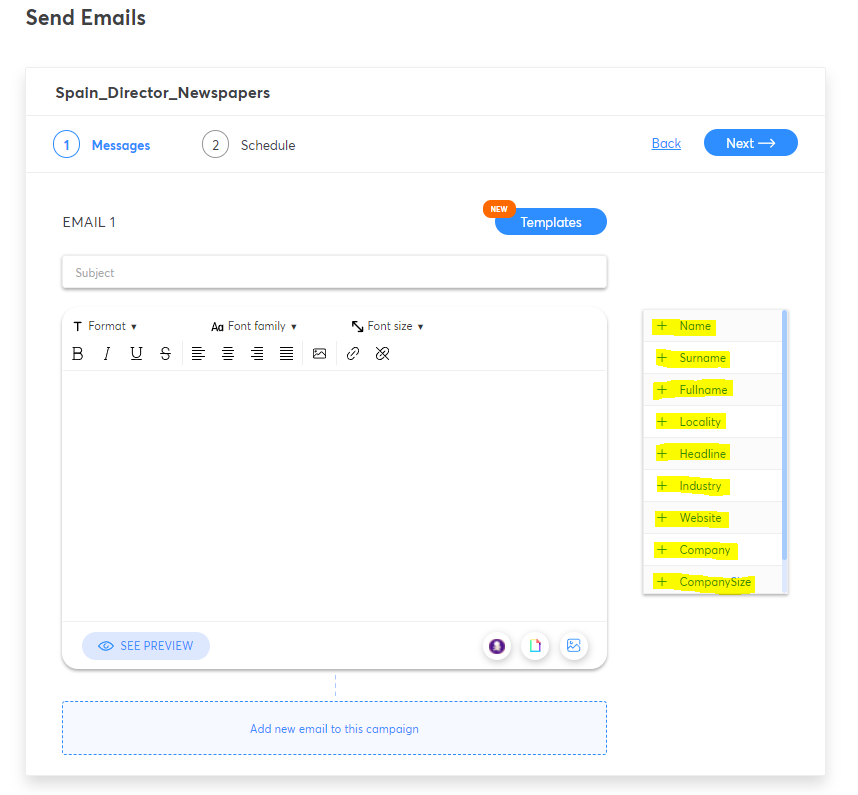
We already know how to design an Outbound Marketing strategy with FindThatLead.
The next task is to OPTIMIZE and track our automated campaign.
I recommend you to track everything: the goals achieved with each subject line, the body of the text and take into account each metric.
Take a look at the open rate to check if your email Subject is good enough and the response rate to focus on the body text.
Even the conversion rate!
Before sending any cold emailing campaign, read this article where we explain how to make a good cold email and what the GDPR says about it.
Remember that registration at FindThatlead is free and you get 50 credits with the basic plan (Free)!

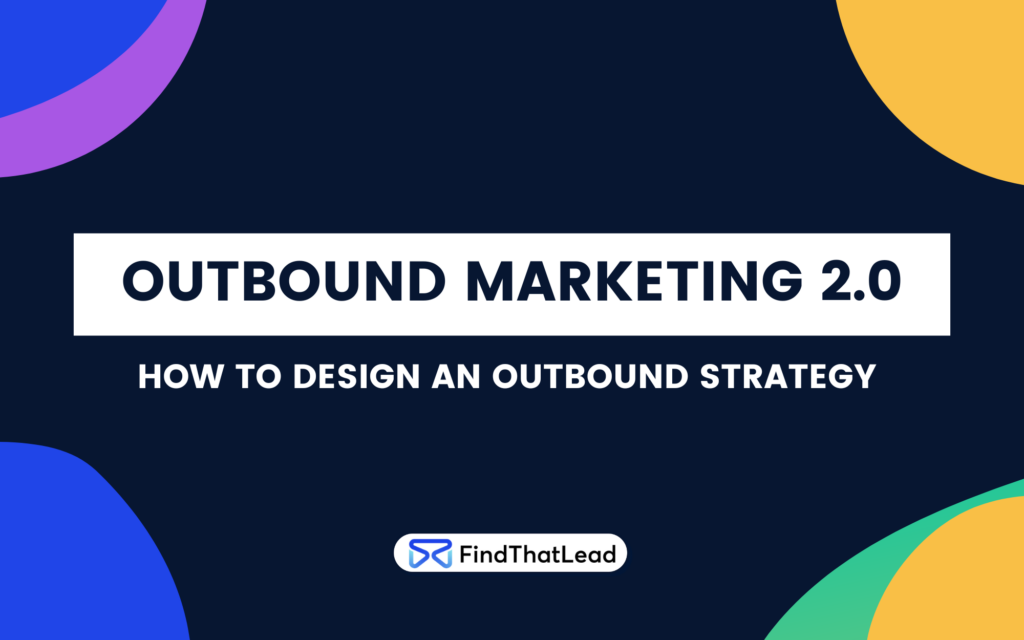

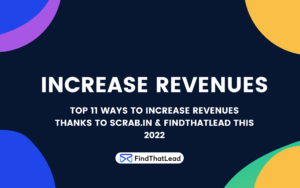
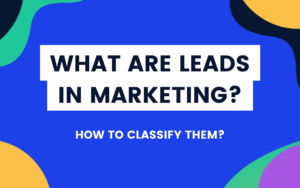
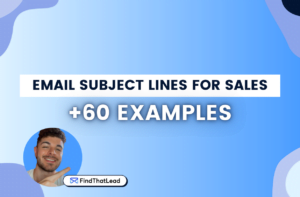

 BONUS:
BONUS: The Challenge: Join this free course and I guarantee that after 5 days you will have the necessary skills to start generating B2B clients Growth Hacking and Prospecting techniques.
The Challenge: Join this free course and I guarantee that after 5 days you will have the necessary skills to start generating B2B clients Growth Hacking and Prospecting techniques.